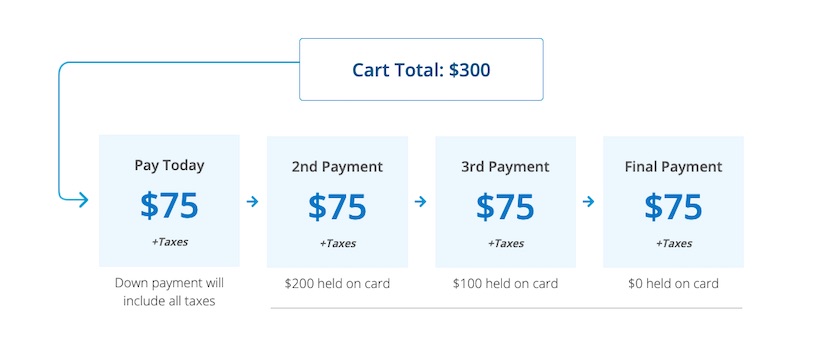Performance & Efficiency | SoClean Air Purifier
Evaluating the performance of a portable home air purifier is a detailed process. Many of the accepted testing methods used for evaluating air purifiers came from the Association of Home Appliance Manufacturers (AHAM) an organization founded in 1967 by manufacturers in the electrical appliance industries. The organization has developed voluntary standard test methods for measuring the performance characteristics of various electrical appliances.
AHAM’s test standard for evaluating the performance of air purifiers is called the “CADR” test. Clean Air Delivery Rate (CADR) testing was developed by the AHAM as a way for the general public to evaluate the effectiveness of air purifiers on the market. Although the idea of creating an easy to understand method for “scoring” air purifiers on the market seems well-intentioned, the test they have developed is severely limited.
CADR is a test of how well an air purifier can remove airborne particulates down to 0.3 microns in size from a controlled room environment within a 20-minute testing duration. The rated performance or CADR is computed by multiplying the airflow output of the device by the particulate removal efficiency within the 20-minute duration which provides the air purifier with a numeric score that is computed using the equation CADR = ε X Q where, ε is the air purifier’s particle removal efficiency percentage (%) and Q is the volumetric air flow rate in cubic feet per minute (CFM) from the air purifier.
Despite the significant limitations of the CADR test method, it is still considered by much of the industry as an acceptable method for evaluating air purifier performance and claims. However, due to these limitations, SoClean, along with other premium brands do not use CADR to evaluate performance.
If the SoClean Air Purifier Whitepaper does not display below, you can open it here.







